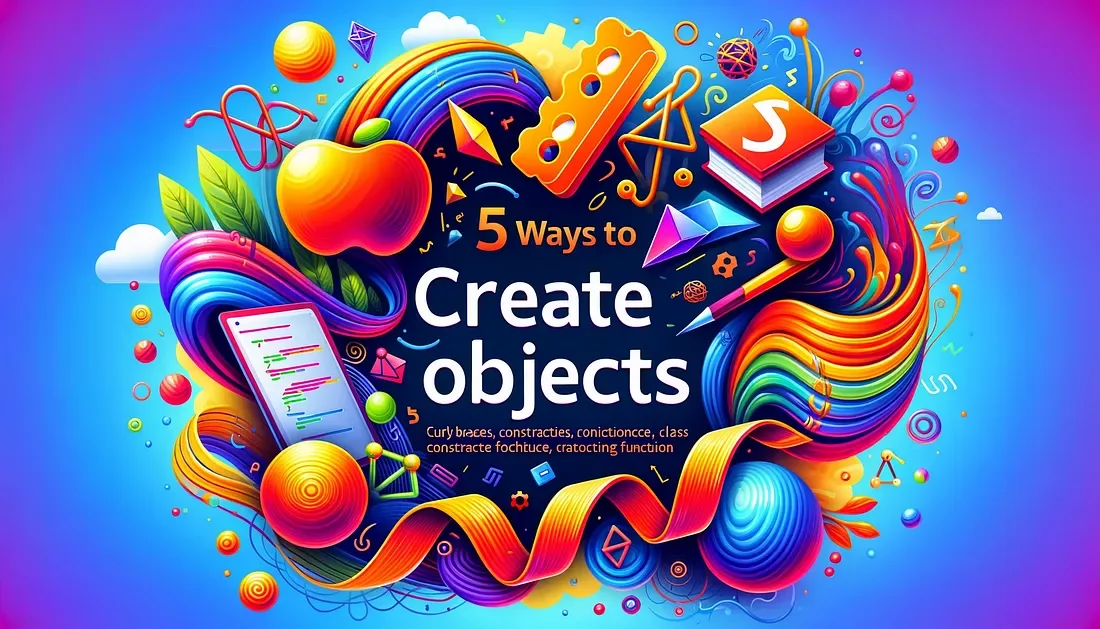
Introduction
In JavaScript, objects are versatile tools that can be created in various ways, each suitable for different scenarios. Understanding when to use each method is key to writing efficient and maintainable JavaScript code. Let’s explore five common methods for creating objects in JavaScript, detailing the best use case for each.
1. Object Literals 📦
Object literals are the simplest and fastest way to create objects in JavaScript, using curly braces {}. This method is ideal for creating single, standalone objects that don’t require a blueprint or repeated instantiation.
| |
Use object literals for quick, straightforward objects where you don’t need methods or prototypes. They are perfect for configuration options, storing data, and encapsulating related properties and methods in a straightforward structure.
2. The new Object() Syntax 🆕
Creating an object with the new Object() syntax is a more explicit way of object creation in JavaScript programming. This is similar to object literals but can be more readable for those coming from other programming languages.
| |
This method is beneficial when you want to explicitly demonstrate object creation or when transitioning from a language that heavily uses class-based or constructor-based object creation. It’s also useful when dynamically adding properties based on conditions.
3. Constructor Functions 🏗️
Constructor functions are used to create multiple instances of a similar object. They act as a blueprint for creating objects of the same type in JavaScript.
| |
Constructor functions are ideal when you need several objects with similar properties and methods. They are great for creating objects like users, products, or other entities that share a common structure but have different values.
4. The Object.create() Method 🔗
Object.create() in JavaScript creates a new object with a specified prototype and properties. This method provides more control over object inheritance than other methods.
| |
This method is useful when you need to create an object that directly inherits from another without calling the parent’s constructor. It’s a powerful tool for complex inheritance structures and can be used for behavior delegation, among other advanced patterns.\
5. ES6 Class Syntax 🎓
ES6 classes offer a more traditional, class-based way to create objects in JavaScript. It’s syntactical sugar over JavaScript’s prototype-based inheritance but provides a clearer and more familiar syntax for those coming from class-based languages.
| |
Use ES6 classes for more complex applications where the organization, readability, and inheritance structure of your code are important. They are useful for large-scale applications and when working in a team where clear and standardized coding practices are needed.
Which Method is Best and Fastest? ⚖️
There’s no one-size-fits-all answer to the best and fastest way to create objects as it largely depends on the specific requirements and context of your application. However, in terms of simplicity and speed, object literals are the fastest and easiest way to create objects, especially for simple, single-use objects. For more complex and structured applications, ES6 classes provide a balance of readability, traditional syntax, and performance, although they may have a slight overhead compared to constructor functions.
Conclusion ✅
Choosing the right method to create objects in JavaScript depends on the context of your application and specific requirements. Whether it’s a simple one-off object or a complex structure requiring inheritance, understanding these five methods enables you to write more effective and maintainable JavaScript code.
Happy Coding!